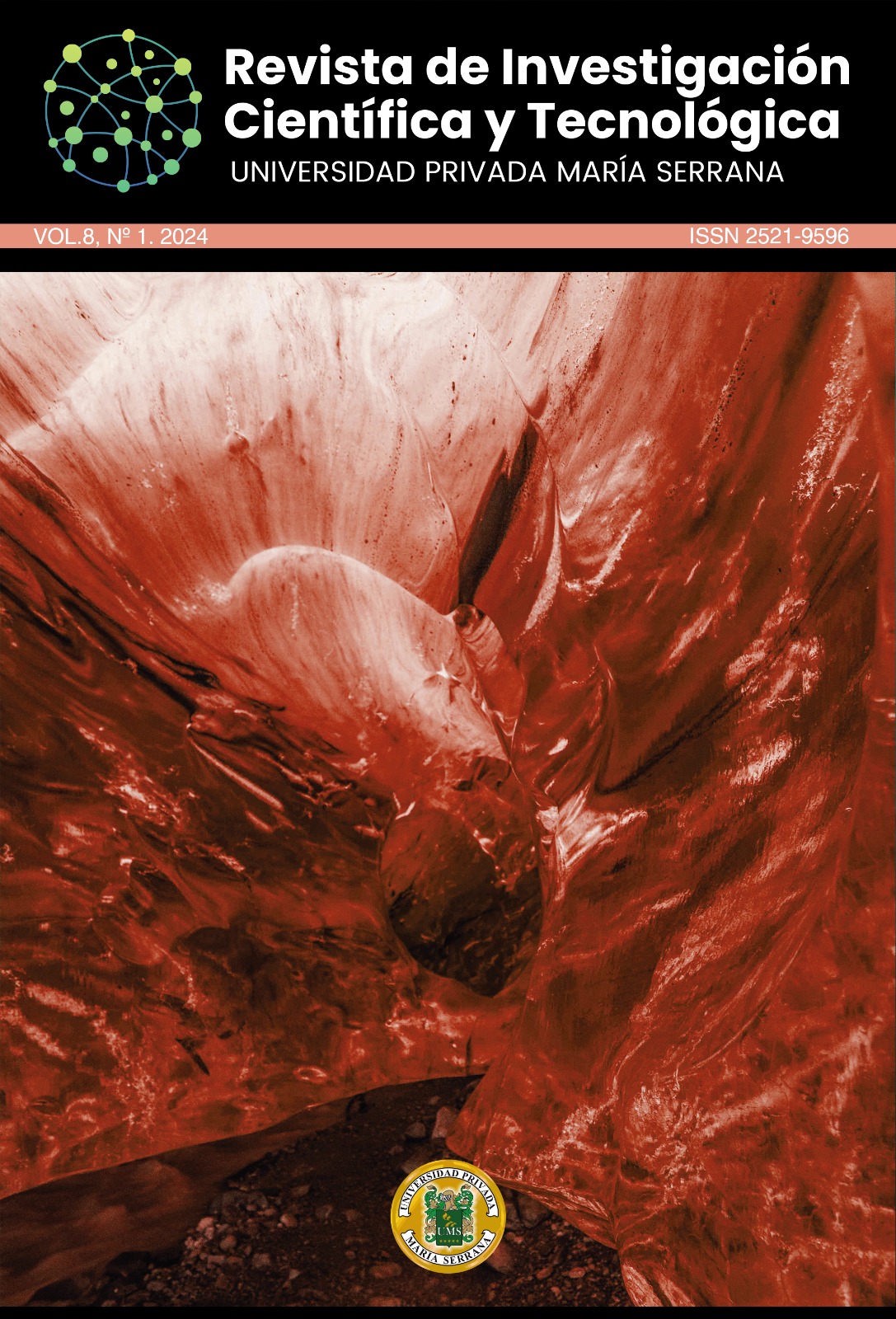Resumen
La identidad digital del investigador es crucial para representar su trabajo académico y profesional a través de plataformas en línea como perfiles académicos, publicaciones científicas, participación en redes sociales y colaboraciones internacionales. Su gestión efectiva mejora la visibilidad y el impacto de la investigación, facilitando también la colaboración y la difusión rápida de resultados. Sin embargo, presenta desafíos como la privacidad de datos, la gestión de múltiples perfiles y la evaluación del impacto basada en métricas en línea. En resumen, una identidad digital sólida es fundamental para la integridad académica y el desarrollo profesional, pero requiere una gestión cuidadosa para optimizar sus beneficios y mitigar sus riesgos.
Referencias
Borgman, C. L. (2012). The conundrum of sharing research data. Journal of the American Society for Information Science and Technology, 63(6), 10591078. https://doi.org/10.1002/asi.22634
Brodsky, C. (2013). The problem of plagiarism. The Chronicle of Higher Education, 59(25), A30-A32.
Chisvert, M. y Bellido, F. (2020). La importancia de la identidad digital en la investigación académica. Revista de Innovación Educativa, 15(2), 45-60.
González, J. y Fernández, M. (2019). Identidad digital del investigador: estrategias para aumentar la visibilidad académica. Editorial Académica Española.
Haak, L. L., Fenner, M., Paglione, L., Pentz, E., & Ratner, H. (2012). ORCID: a system to uniquely identify researchers. Learned Publishing, 25(4), 259-264. https://doi.org/10.1087/20120404
Jackson, T. W., & Farzaneh, P. (2012). Theory-based model of factors affecting information overload. International Journal of Information Management, 32(6), 523-532. https://psycnet.apa.org/ doi/10.1016/j.ijinfomgt.2012.04.006
Manca, S., & Ranieri, M. (2016). Facebook and the others. Potentials and obstacles of Social Media for teaching in higher education. Computers & Education, 95, 216-230. https://doi.org/10.1016/j.compedu.2016.01.012
Nichols, D. M., & Rowlands, I. (2011). Digital repositories ten years on: what do scientific researchers think of them and how do they use them?. Learned Publishing, 24(3), 127-138. term “plagiarism”. Higher Education, 9. Park, C. (2010). Revisiting the 59(6), 741-758.
Piwowar, H., Priem, J., Larivière, V., Alperin, J. P., Matthias, L., Norlander, B., ... & Haustein, S. (2018). The state of OA: a large-scale analysis of the prevalence and impact of Open Access articles. PeerJ, 6, e4375.
Priem, J., Taraborelli, D., Groth, P., & Neylon, C. (2012). Altmetrics: A manifesto. http://altmetrics.org/manifesto
Ross-Hellauer, T. (2017). What is open peer review? A systematic review. F1000Research, 6, 588.
Torres-Salinas, D., Jiménez-Contreras, E., & Delgado López-Cózar, E. (2011). Ranking de autores en Google Scholar y su visibilidad e impacto en la red: el caso de los investigadores en Biblioteconomía y Documentación en España. El Profesional de la Información, 20(3), 299-305.
Van Deursen, A. J., & Van Dijk, J. A. (2014). The digital divide shifts to differences in usage. New Media & Society, 16(3), 507-526.
Veletsianos, G., & Kimmons, R. (2013). Networked participatory scholarship: Emergent techno-cultural pressures toward open and digital scholarship in online networks. Computers & Education, 68, 15-24.
Weller, M. (2011). The digital scholar: How technology is transforming scholarly practice. Bloomsbury Academic.

Esta obra está bajo una licencia internacional Creative Commons Atribución 4.0.






